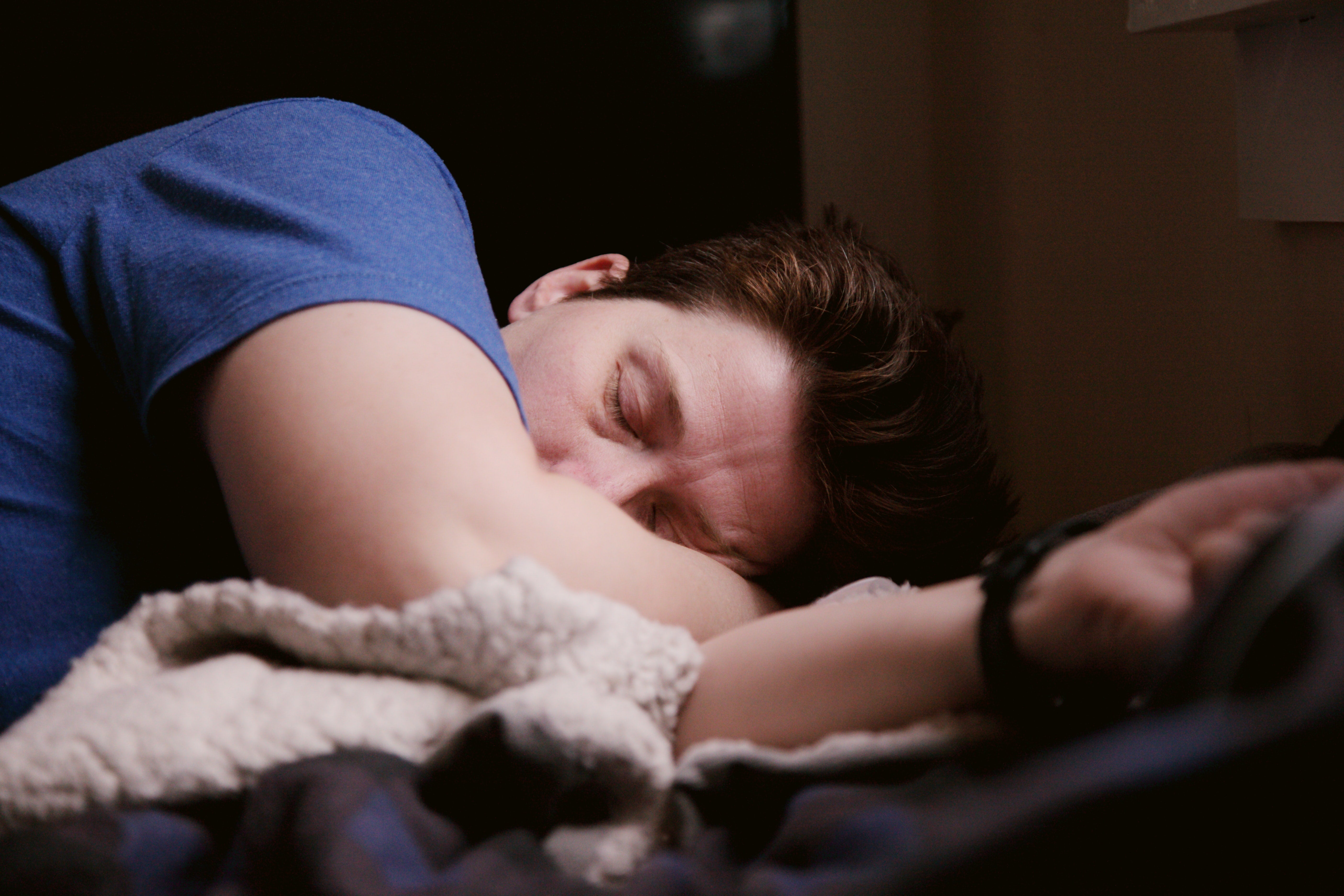Scientists have discovered how to break into people’s dreams and leave them messages
Some participants found questions coming through a radio, while others heard it like a narrator in a movie

A new study has suggested that it is possible to communicate people through their dreams, able to understand questions and reply with cogent answers.
“We found that individuals in REM sleep can interact with an experimenter and engage in real-time communication,” senior author Ken Paller of Northwestern University said in a statement. “We also showed that dreamers are capable of comprehending questions, engaging in working-memory operations, and producing answers.
“Most people might predict that this would not be possible--that people would either wake up when asked a question or fail to answer, and certainly not comprehend a question without misconstruing it,” he added.
The researchers attempted communications with 36 subjects who were lucid dreaming - during which the sleeping person is aware they are having a dream - across the US, France, Germany, and the Netherlands. Some participants were adept lucid dreamers, while others had never done it before.
They found that it was possible for people who were dreaming to follow instructions, do basic mathematics, answer yes-or-no questions, and tell various other sensory inputs apart.
In lieu of responding verbally, the subjects’ answers could be gleaned from eye movements or facial muscles.
Out of 158 questions, the dreamers responded correctly 18.6% of the time according to the report in Current Biology. The way these questions manifested were different for different people.
Some recalled the questions as part of the dream; another heard maths questions from a car radio, while yet another heard the researcher interrupting the dream asking if he spoke Spanish, Science reports.
“We put the results together because we felt that the combination of results from four different labs using different approaches most convincingly attests to the reality of this phenomenon of two-way communication,” Karen Konkoly, a PhD student at Northwestern University and first author of the paper, said.
She added that future studies of dreaming could sue these methods to parse someone’s brain activity when they were asleep compared to when they were awake.
This would help verify post-dream reports, such as machines that can stimulate sleepers into having certain dreams.
For everyday people, these methods could also be used to help those with sleep difficulties or suffering from nightmares.
“This work challenges the foundational definitions of sleep,” cognitive neuroscientist Benjamin Baird of the University of Wisconsin told Science.
“It is proof of concept, and the fact that different labs used all these different ways to prove it is possible to have this kind of two-way communication … makes it stronger.”

Join our commenting forum
Join thought-provoking conversations, follow other Independent readers and see their replies
Comments